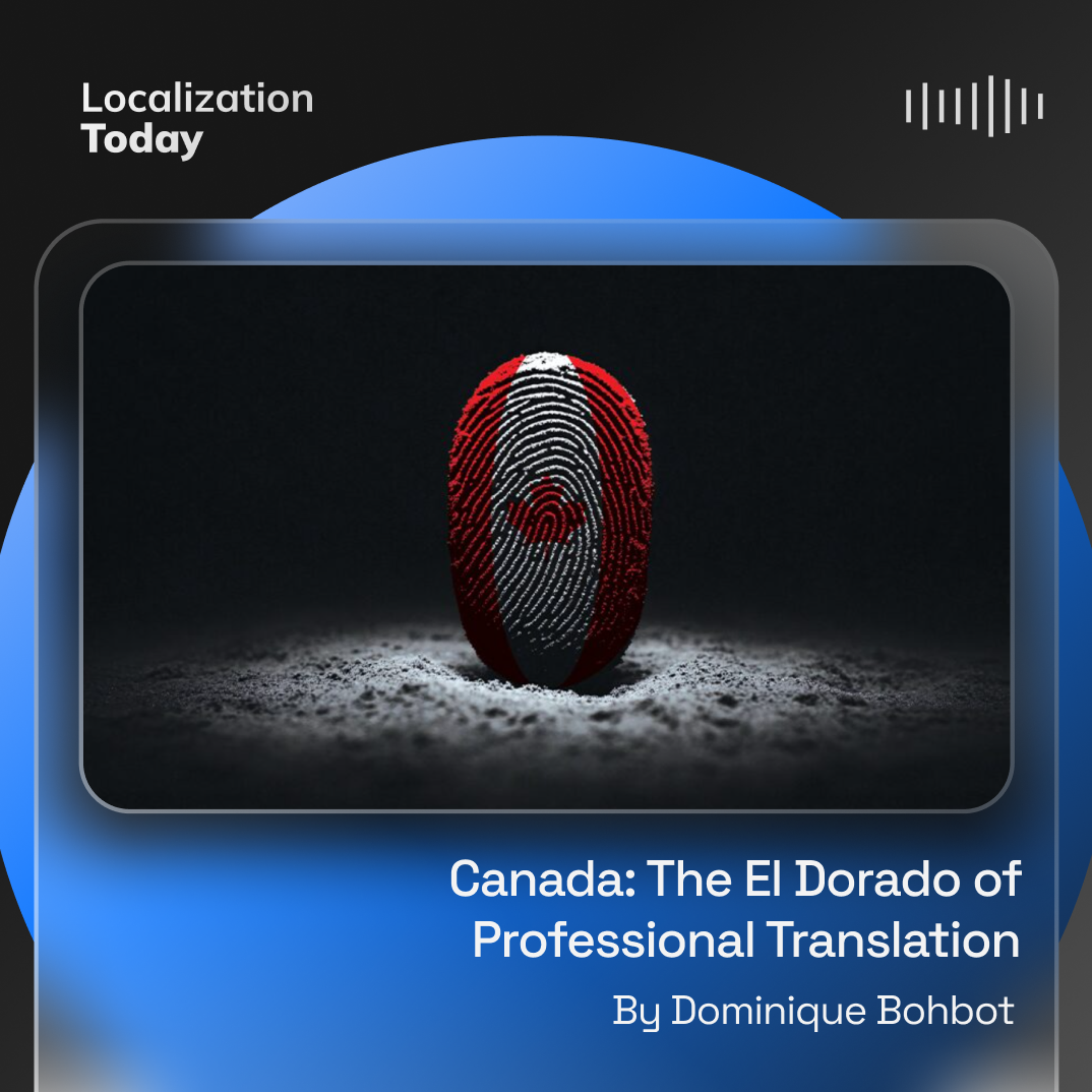Episode Transcript
[00:00:00] Skooleton and the fight for revival by dim Brooks.
[00:00:04] Calligraphy occupies a fascinating position in cultural survival and revival. Any artifact that strikes us as beautiful implies all the work that went into it, which in turn implies its value. To invest such time, energy, and imagination must be a sign that it is important to see ones traditional script in a museum also implies value, but suggests that it is a thing of the past. Contemporary calligraphy, on the other hand, suggests the opposite, that the script is still a vital force for expression and remains a living, growing, expanding thing. And as a script is a visible manifestation of its culture. This also suggests the culture is alive. To those of us whose culture is under no great degree of threat, calligraphy may seem like a harmless pastime for minority communities, though it may be a political act of defiance. This column and the series following it will explore some of the world's most remarkable calligraphies, which combine a love of their traditional scripts with a spirit of elegant resistance. Quick quiz. What language do they speak in the Philippines? Maybe you answered English or Spanish. Maybe you're a little more informed and you said Taglug. The real answer is that at least 120, and possibly as many as 187 languages are spoken in the islands that the spanish colonists renamed after their king Philip II. Each has its own community. More than half a dozen have their own traditional scripts. One of these ethno linguistic groups, the Kapampongan, numbers more than 3 million. Their traditional script is called kulotin. So how come you have probably never heard of them? And how can a script that serves a language spoken by millions be endangered? In his book an introduction to the indigenous Kapom Pongan script, Michael Ramanam Panjalinan writes that the script has always been veiled in folklore, mysticism, and taboos. Mystics and spiritual healers used it in creating charms and talismans and in communicating with the ancestral spirits. A certain gravity and seriousness has therefore been attached to it, preventing the writer from using it for trivial, mundane matters. One of the most enduring taboos in Kulatan is in using it to write foreign words or names, panjalinen continues. Another taboo is in teaching it to foreigners. For these reasons, the majority of the Kapompongan people cannot read and write it, despite the fact that the script has existed among them. Additionally, colonial authorities favored the Tagalog ethnic group over others in the Philippines. When the island nation achieved independence, Tagalog and its beibei and script were deemed the official traditional language and script. In some contexts, they were regarded as the only traditional language and script. Like minority groups all over the world, kapamp and people face an impossible choice. Do I speak my communitys traditional language, the language that makes it a community in fact, or another language that will connect me to a more thriving group? Its a question that particularly affects parents. In 2008, a researcher discovered that 90% of young Kapompangan parents spoke to their children in Tagalog. Older parents spoke Kapampan to their adult children, but Tagalog to their grandchildren. The Kapampan poet laureate Jose Gallardo said, entiku nang akakitin Sicilian ning ameneng sijuan. I am beginning to see the twilight of our language. Ironically, it was the catastrophic 1991 eruption of Mount Pinatubo, which devastated the Kapom pongan speaking region, that made people realize how much danger they were in. If they survived the lava, only to be gradually buried by the inflow of other languages and cultural practices, where would that leave them? The result was the creation of a gyuman sinyu pan sing sing, a cultural revival organization whose name means where the ring of cultural heritage is kept safe. The Kolatan script was a central part of that cultural revival. Kulatan is one of the few philippine scripts that is written not only vertically but also from right to left. It consists of mother and child characters, the mother symbols being the fundamental characters with an altered, inherent vowel sound and the child symbols being those that alter the vowel. Most importantly for calligraphy, it's a script that invites expressiveness. Its lines are sufficiently fluid that the writer has great artistic freedom and opportunity for individuality, making the relationship between culture, writer and script that much more personal and significant. The important step from writing as necessity to writing as art began some two decades ago. Back in 2002, no one else was doing it, Panjalinen said. Everyone was content to write on the ground or by using pencil on paper. Since I studied Chinese and calligraphy at a local temple, I decided to practice my calligraphy on Kulatan. It was an uphill battle, though, as by then most schools in Kapampan speaking areas were teaching in Tagalog, a process referred to as tagalization. Iguman Sinyu pansingsing began offering courses in Culloden calligraphy in mid 2018 at its cultural center, but that was closed by the government in 2020, ostensibly as an anti Covid measure, and has not been reopened. The organization continues to teach what Panjalinen calls guerrilla workshops, and the script shows signs of being re accepted. A mall in Angeles City, a kapom pongan stronghold has pillars with kulotin on them at the local airport. The words luid ka long live appear in the arrival lounges. Culutin calligraphy can be seen on t shirts and in tattoos. And an app for learning Kulatan has been co developed by Agum and Sinyu Pan Sing Singh. Now Culleton Calligraphy has a committed handful of practitioner teachers and a piece of Culleton calligraphy was one of the two winners in the endangered alphabets projects 2024 contests for calligraphy in a minority script. But it's important to remember that what's at stake here is not just pretty writing. The president of Agum and Sinyu Pansingsing, Nigel Christopher Azin, explained what it's like to see one's own culture being eroded almost day by day. You can feel the decline of language in real time. It's like being pushed out of your home, Aizen continued. It feels dehumanizing not to have any culture to go back to, not to have anyone to speak my mother tongue to. To revive the culloden script is to begin the process of rebuilding the self respect and sense of purpose of a people who have been scattered throughout the world and who are desperate for a sense that they still exist, are still remembered, and still have a home somewhere on this planet.
[00:06:51] This article was written by Tim Brooks. He is the founder of the Endangered Alphabets Project, which aims to create a list of the worlds writing systems, identifying every script currently in use and assessing its degree of health or vulnerability.
[00:07:06] Originally published in multilingual magazine, issue 229, June 2024.


